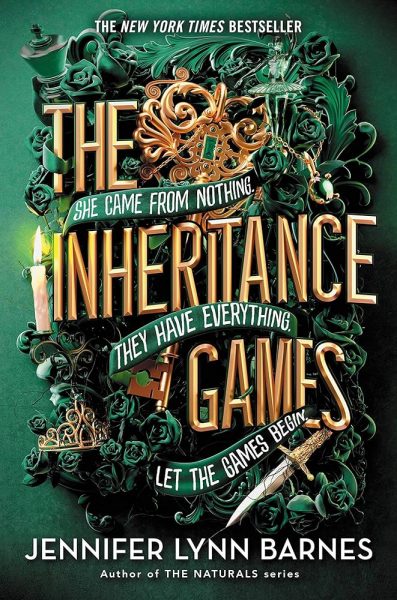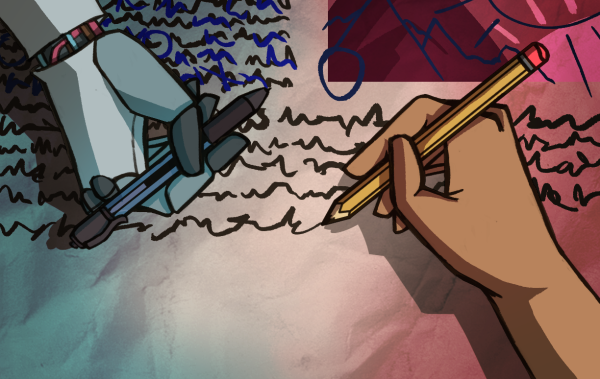Queer students deserve an inclusive curriculum
Lowell’s current standard U.S. History textbook, published in 2006, has 963 pages. The word “gay” appears on one of them. Exactly two events are mentioned: the 1969 Stonewall Riots and the AIDS epidemic, which was responsible for the deaths of 330,000 Americans, most of them gay men. Our textbook doesn’t mention that number, or how attempts to address the epidemic were consistently underfunded by the government. It doesn’t tell you that homosexuality was criminalized in some states until 2003 and gay Americans were regularly imprisoned, harassed, and denied civil rights due to their sexuality. And the textbook doesn’t mention transgender, gender non-conforming, or any other queer Americans at all.
Administrators and teachers district-wide need to make an immediate effort to include in school curriculum the experiences, the rich history, and the challenges the LGBTQ community faces today.
This isn’t an isolated issue: despite efforts to the contrary, queer students are still consistently underrepresented in SFUSD curriculum. It’s true that San Francisco’s high schools have made some progress in representation of LGBTQ students. SFUSD schools are prohibited from discriminating against LGBTQ students, must respect student’s preferred gender, and are obligated to protect queer students from harassment by their peers. Initiatives have been taken by education officials to update the curriculum as well. For example, since the passage of the FAIR Education Act in 2011, California has been one of a handful of states that mandates the inclusion of LGBTQ people in social studies.
We believe that administrators and teachers district-wide need to make an immediate effort to include in school curriculum the experiences, the rich history, and the challenges the LGBTQ community faces today. Much of the curriculum content is set at the state level, but the district and even individual schools and teachers have the autonomy to adjust lesson plans to make them more inclusive.
The importance of doing so can’t be understated. According to a recent survey from Gallup, 15.9 percent of Gen Z identifies as queer in some form. These students have the right to an education that includes them. Administrators at Lowell and SFUSD have expressed a desire to create environments safe for students of all identities, but as long as the education they provide does not properly meet the needs of queer students, they aren’t living up to their promises. How they decide to address LGBTQ issues directly impacts the lives of their students. According to the Trevor Project, 42 percent of LGBTQ teens self-reported having considered suicide in the previous year. But in schools where the curriculum included LGBTQ content, that number dropped by up to 25 percent. If our schools want to protect their students, then such changes need to be made.
High school is the time when people begin to question themselves, when they start to experiment with their sexuality and their identity. For students who come from families where sexuality and gender identity aren’t openly discussed, school might be the only place they can learn about these topics; education can change these students’ lives. For one, it can lessen homophobic attitudes from straight students. Data from the California Safe Schools Coalition shows that in schools that addressed LGBTQ issues in curriculum, queer students were less likely to report bullying or harassment because of their sexuality. Furthermore, including LGBTQ topics in the curriculum can help queer students feel accepted. By overlooking LGBTQ students, our schools contribute to the idea that being queer isn’t normal, that non-straight students don’t belong.
Many teachers here at Lowell have taken it upon themselves to make what they teach more inclusive. U.S. History teachers Jason Tuason and Eva Moore are dedicating an entire five week unit to LGBTQ history, purchasing new textbooks for the subject. Such lessons should be standard for all classes.
Other classes should follow suit as well, especially sex education. According to the Center for Disease Control (CDC), gay young men and women are considerably more likely to contract HIV, syphilis and other STIs; transgender students are more likely to be victims of sexual violence. It’s critical that lessons cover the basic needs and questions of LGBTQ/questioning students. SFUSD’s current curriculum doesn’t do that. Data from the National Institute of Health and the CDC shows that basic sex ed leads to a better, safer, and healthier environment for teens. SF schools need to make sure that includes LGBTQ students as well.
If SFUSD wants to live up to the promises they’ve made to students, then education officials need to make major changes to the curriculum. On an individual level, teachers should make their lessons more inclusive. Students can talk to teachers and administration about what they’d like to see addressed in class. The bottom line is that LGBTQ students are an integral part of our communities, and our education needs to reflect that.






